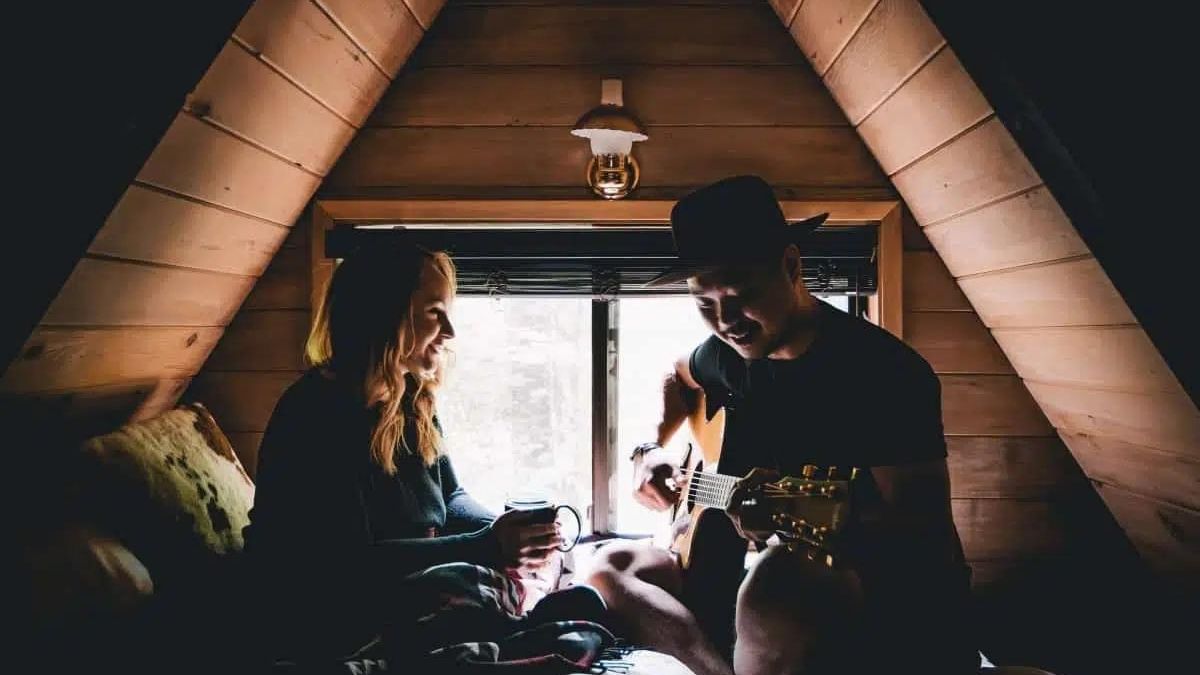There’s no doubt that winter weather can be harsh and unforgiving, especially for homeowners. From heavy snowfalls to icy roads and freezing temperatures, the colder months bring a unique set of challenges that can put your home and family at risk.
But with some careful planning and preparation, you can ensure that your home stays cozy and safe throughout the winter season. In this guide, we’ll go over some essential steps you can take to protect your home and loved ones from the harsh winter weather.
Inspect and Prepare Your Home
Before the cold weather sets in, it’s important to inspect your home for any potential issues that may arise during the winter months. Here are some key areas to focus on:
1. Heating System
Your home’s heating system is essential for keeping you and your family warm during the winter. Make sure to have it inspected and serviced by a professional before the start of the season. This will help catch any potential issues early on and ensure that your system is running efficiently.
For example, if you live in Salt Lake City, it’s crucial to schedule a furnace service with a trusted company. They can check for any leaks, clean and replace filters, and ensure that your furnace is in top working condition.
2. Insulation
Proper insulation is essential for keeping the cold air out and the warm air in during the winter. Make sure to check your home’s insulation, especially in the attic and basement areas. Any gaps or cracks should be filled with caulk or weatherstripping.
3. Pipes
Frozen pipes can cause significant damage to your home and belongings. To prevent this, make sure to insulate any exposed pipes in unheated areas such as attics, crawl spaces, and garages. If you’re going away for an extended period during the winter, consider draining your pipes to avoid any potential issues.
4. Chimney and Fireplace
If you have a chimney or fireplace in your home, it’s essential to have them inspected and cleaned before use. Creosote buildup can lead to chimney fires, and blockages can cause carbon monoxide to build up in your home. So, make sure everything is in good working condition before lighting the first fire of the season.
Stock Up on Winter Essentials
Winter storms can often cause power outages and limit transportation, making it challenging to get necessary supplies. To ensure you and your family are prepared for any emergencies, stock up on these winter essentials:
1. Non-perishable Food
Make sure to have a supply of non-perishable food items such as canned goods, dried fruits, and nuts. These foods can last for extended periods without refrigeration and will provide you with nutrients in case of power outages or limited access to fresh food.
2. Water
In addition to having enough food, it’s also crucial to have an emergency water supply. Store at least one gallon of water per person, per day for a minimum of three days.
3. Blankets and Warm Clothing
In the event of a power outage or heating system failure, you’ll want to have enough blankets and warm clothing to keep you and your family comfortable and safe.
4. Flashlights and Batteries
Flashlights are a must-have during winter storms, as they can provide crucial light in the event of a power outage. Make sure to have several flashlights on hand and plenty of batteries to keep them running.
Create an Emergency Plan
In case of severe weather or other emergencies, it’s essential to have a plan in place for you and your family. Here are some key elements to include in your emergency plan:
1. Emergency Contacts
Make sure to have a list of emergency contacts, including family members, friends, and local authorities.
2. Evacuation Plan
In the event of a severe storm or other emergency, you may need to evacuate your home quickly. Have an evacuation plan in place, including a designated meeting spot for your family.
3. Emergency Kit
Put together an emergency kit that includes first aid supplies, necessary medications, and other essential items such as a battery-powered radio, phone chargers, and cash.
4. Communication Plan
Have a plan for staying in touch with loved ones during an emergency. This can include designated check-in times and ways of contacting each other, such as through phone calls or text messages.
Conclusion
By following these steps, you can ensure that your home and family are prepared for the challenges of winter weather. Remember to stay informed about weather updates and any potential hazards in your area. With proper preparation and planning, you can stay cozy and safe throughout the colder months. So, stay cozy, stay safe, and enjoy the winter season!
